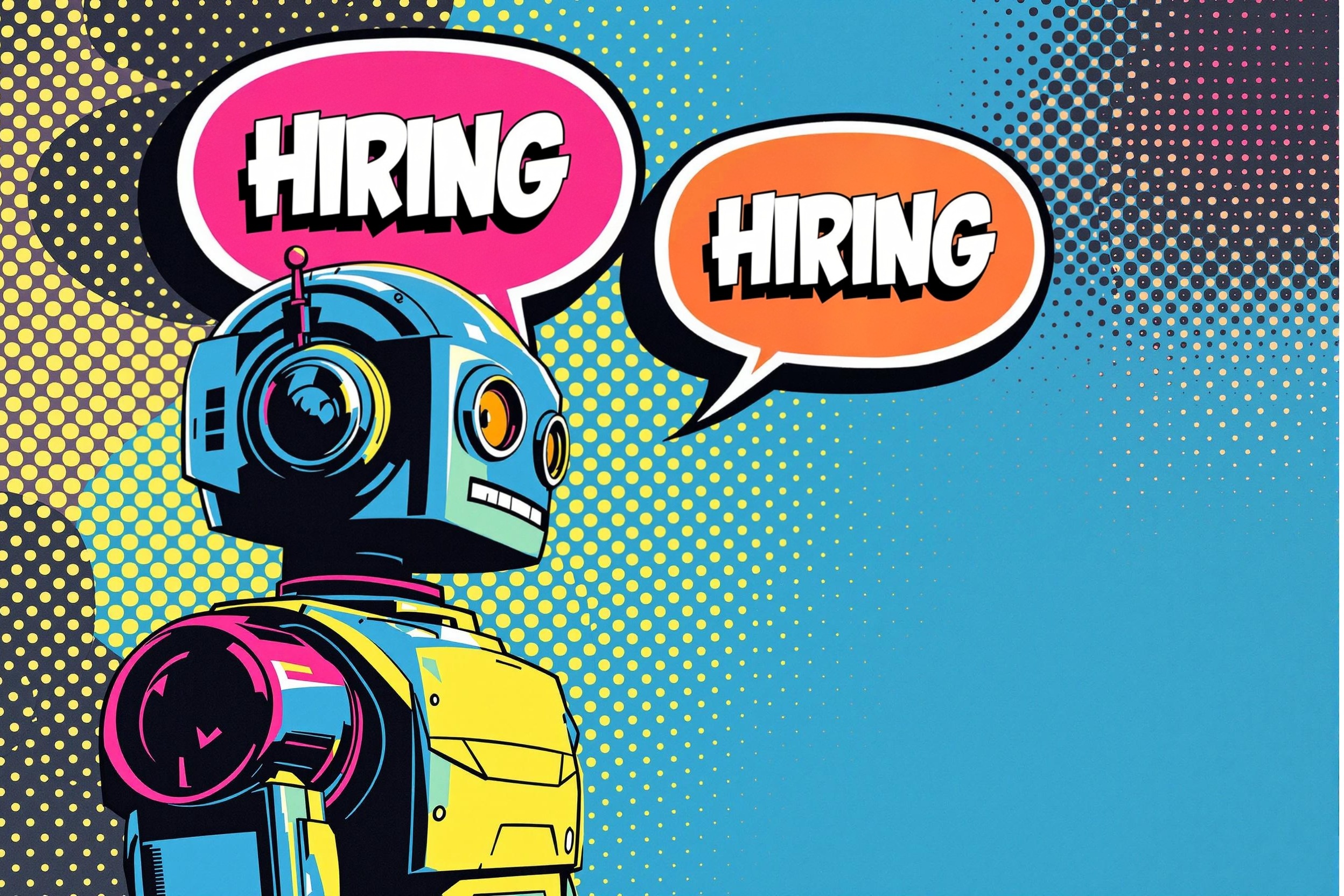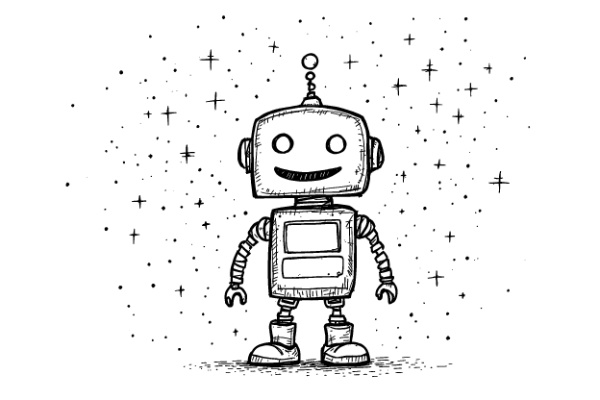Picture a crowded hiring fair at sunrise, each recruiter balanced on a unicycle while juggling laptops, resumes, and coffee cups. Absurd, yes, but that’s how recruitment sometimes feels—teetering on chaos while trying to handle infinite tasks at once. The promise of a smarter way, something that steadies the cycle, gets people talking. That’s where chatbots enter the scene.
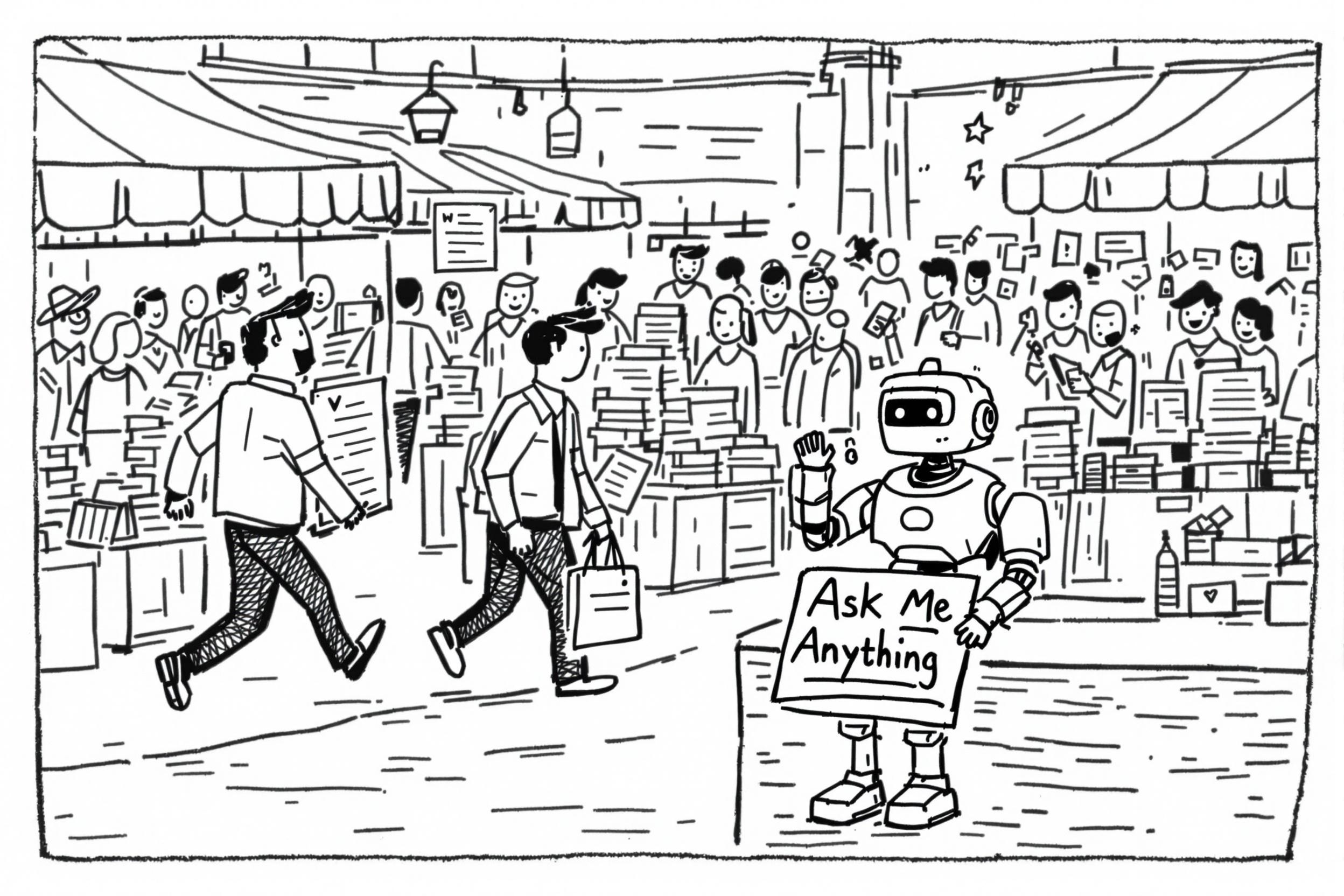
Why are so many recruiters whispering about AI-driven conversational systems these days?
Maybe because they’re tired of feeling like circus performers. Maybe because there’s this sense that technology can carry some of the load—at least the load that doesn’t require the delicate touch of human intuition. These automated assistants promise to transform the way candidates interact with employers, offering answers at midnight, scheduling interviews without back-and-forth chains, and sorting through early-stage applications at the speed of electricity.
Yet it’s never that simple, is it?
There’s a kind of tension: we want efficiency and speed, but we also want to preserve the human warmth that makes hiring more than a mere transaction. Let’s wander through this mystery of chatbots in recruitment, step by step, as if we’re following faint footprints in the forest. They don’t lead where you might expect.
A Knot of Complexity
Chatbots for hiring aren’t new, but the early days were clumsy. Scripts felt mechanical, candidates got confused, and everyone knew it was a bot just going through the motions. Today, though, improvements in natural language processing and the integration of larger language models have made these bots feel more like conversational partners. There’s a subtlety in how they respond to unexpected questions, a gentle nudge towards the right job listings, and the capacity to remember what a candidate mentioned three messages ago. This is not about some futuristic replacement of recruiters, but a quiet augmentation—a slight breeze helping lift the recruiter’s sail.
I remember a recruiter friend telling me how, five years ago, they tried a bot that greeted candidates on the company’s careers page. It was like a monotone receptionist who only knew three lines. Now, their new system can screen applicants for basic qualifications, guide them through a quick Q&A, and hand them off to a human only when needed. The difference: the new chatbot feels less like a broken cassette tape and more like a well-informed assistant.
That’s progress, but it also introduces new moral and strategic complexities. How human should a chatbot try to sound? Do we risk candidates feeling tricked if they discover the “person” they were chatting with never existed? Or do we stick to honesty, making it clear this is an automated system designed to streamline the early stages?
When the Funnel Bloats
In many industries, the volume of applicants can skyrocket overnight. A popular brand announces a new store, and suddenly thousands of candidates flood the system. Without automation, recruiters spend weekends wading through a swamp of identical resumes.
A chatbot can manage this top-of-funnel chaos, responding instantly and filtering applicants based on criteria that the company defines. This automated sorting frees recruiters to focus on meaningful conversations with the filtered pool. They get to spend more time on that tricky part—uncovering character, drive, and cultural fit—rather than verifying basic eligibility.
High-volume hiring scenarios show the chatbot’s strength. Imagine a customer support role that demands certain language proficiencies. A chatbot can quickly run through a quick linguistic test, converse with candidates in that language, and see if they meet a minimum threshold.
Instead of waiting a week for a first human interaction, candidates might know within minutes whether they’ve passed an initial screen. They feel acknowledged; even if the answer is no, at least they didn’t waste days in uncertainty.
But let’s be real: not everyone loves chatting with a bot. Some candidates find it impersonal. They might ask, “Where is the human touch?” This is where a smart design approach comes in. The best systems openly state, “I’m here to help guide you. If you need a human, just say so.” They give exit ramps to a real recruiter. By setting that tone, you retain a sense of trust and authenticity.
Questions That Don’t Sleep
Recruitment doesn’t follow a neat 9-to-5 pattern anymore. Global teams, remote work, and the hunger for top talent means candidates may apply from anywhere, at any hour. If a candidate in a different time zone is excited about a role, why make them wait days for basic answers? A chatbot never sleeps. It can provide instant feedback, share company culture snippets, or detail the hiring steps at 3 AM, local time. Not as a gimmick, but as a true service. This turns static career pages into dynamic, interactive experiences.
Yet the difficulty lies in balancing honesty and precision. There’s no point in a chatbot confidently promising career growth opportunities or perks that aren’t real. If it’s just a fancy funnel tool with empty words, candidates will see through that facade soon enough. Instead, the best implementations ensure the chatbot is well-fed with accurate data—current job descriptions, up-to-date benefit packages, realistic timelines—so when it speaks, it speaks truthfully.
I recall one system that integrated directly with an internal ATS and knowledge base. If a candidate asked, “Do you offer relocation assistance?” the chatbot didn’t guess. It pulled verified information from the database and responded with clarity. Trust builds slowly, but it’s easily broken, so the data integrity behind these chatbots is critical.
The flip side is when a chatbot must handle the delicate dance of rejection. Telling a candidate they haven’t made it to the next round is always tricky. Bots can do it quickly, but can they do it kindly? Perhaps they can provide next steps or resources, or at least do it without sounding cold. This kind of empathetic language design is emerging as a fine art. It’s like teaching the bot to deliver bad news as gently as possible while not pretending to be human. That honesty might be oddly comforting.
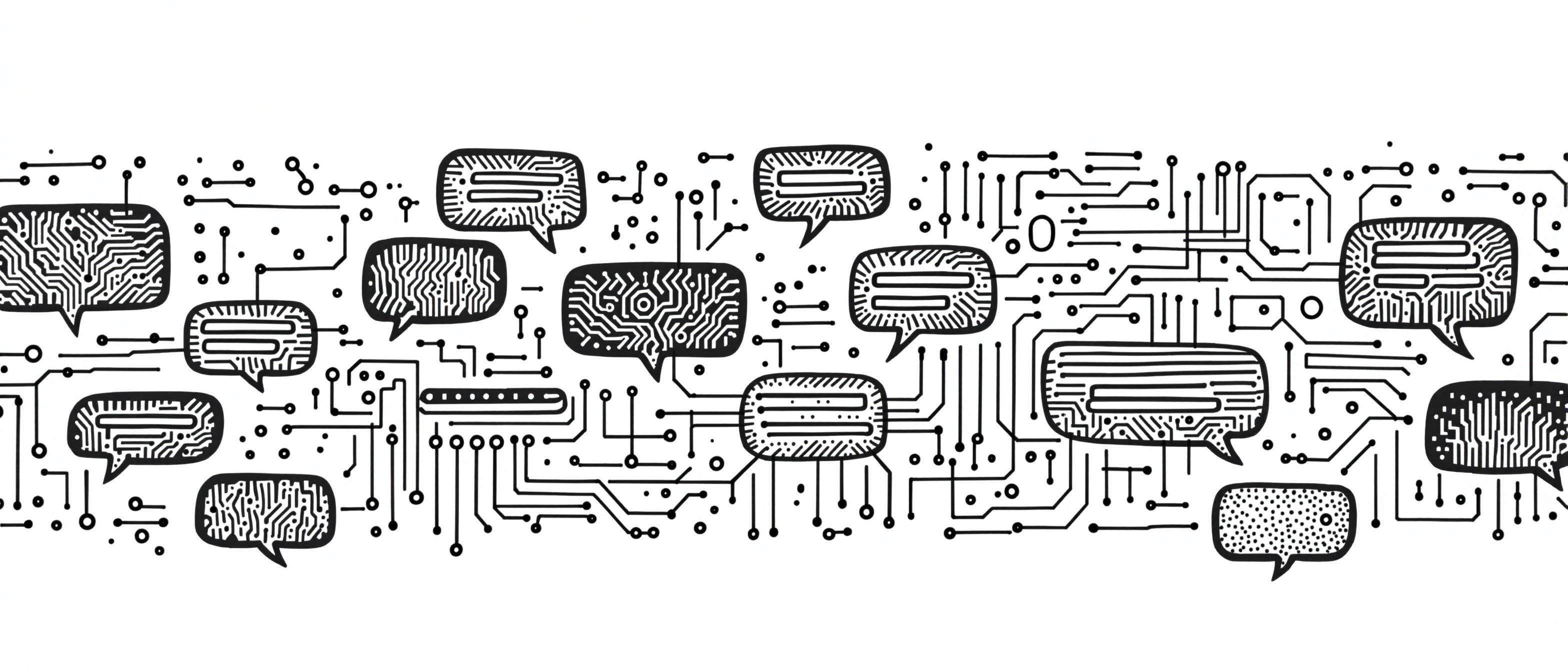
Memory, Analytics, and the Unexpected Gifts
A chatbot isn’t just an interface; it’s also an engine that collects and interprets data. Over time, patterns emerge: What questions do candidates keep asking? Where do they drop off in the process? Which roles attract the most queries at odd hours?
This becomes valuable intelligence for refining the recruitment approach. If a thousand candidates ask the same benefits question, maybe the job description or careers page is unclear. If many qualified applicants fail a certain screening question, maybe it’s time to adjust either the question or the candidate profile you’re targeting.
From a recruiter’s perspective, these insights can shape strategies.
Over months, the recruiting team might realize they’re losing strong candidates after the second screening step. Without a chatbot’s data, this problem might lurk unnoticed. But the interaction logs make it plain as day. Recruiters can then adapt, removing friction or clarifying instructions.
There’s also the option to integrate advanced AI. Some platforms attempt to predict candidate success, highlight traits the chatbot detected in textual responses, or suggest follow-up questions. This is territory we must navigate carefully. Turning candidate responses into data-driven predictions can tread close to bias if not monitored. Not every pattern is benign. If historical data includes biased outcomes, an AI might inadvertently perpetuate them. While it’s tempting to trust the machine’s patterns, human oversight remains crucial. No technology, however advanced, should operate in a vacuum.
It was interesting hearing a colleague’s story about trying a new AI-driven chatbot that analyzed word choice to gauge cultural fit. They had to pull back after noticing it favored certain dialects. This wake-up call showed that while new tools are powerful, they can also hide subtle traps. Transparency and frequent audits help ensure fairness.
Boredom Relief for Recruiters
A hidden joy behind these chatbots: they free human recruiters from drudgery. Reading the same “What’s the pay range?” or “Do you provide healthcare?” hundreds of times can numb even the cheeriest recruiter. A bot handles these recurring inquiries, preserving recruiters’ energy for nuanced human conversations—where empathy, intuition, and negotiation skills shine.
The recruiter’s role shifts from front-line Q&A to deeper relationship building and candidate nurturing.
Think of it as shifting from factory-line worker to strategist. Instead of stamping forms all day, recruiters analyze patterns, refine job requirements, and craft compelling outreach. They can call that brilliant candidate who’s on the fence, talk through their career goals, and figure out if the role truly resonates. Meanwhile, the bot is off in the background, ensuring no question goes unanswered.
For candidates, this might mean shorter response times and more considered human interaction when it counts. For recruiters, it means less burnout. Win-win, if done right.
Strange Ironies and Future Directions
Isn’t it ironic that a technology some feared would be too cold is often introduced to restore warmth? Human recruiters rarely have time to chat pleasantly with every candidate who might not be qualified. The chatbot’s instant response assures candidates that the company acknowledges their interest. Instead of the usual silence and waiting, there’s a friendly presence.
Not a human presence, but a presence nonetheless.
Maybe that’s better than a black hole of no replies.
We might see more specialized chatbots that focus on niche areas—tech screening bots that run simple code tests, or language-specific bots that ensure a candidate’s fluency. We might also see integrations with video platforms, so a candidate who passes the chatbot’s textual screen is invited seamlessly to record a brief video intro. The line between chatbot and broader recruitment infrastructure blurs. Systems like Machine Hiring and others are positioning themselves to integrate these features elegantly, making the entire pipeline fluid.
One day, maybe, the chatbot could serve as a personal career guide, referencing your past applications, your interests, and your skill set, and suggesting roles across various departments. The conversation would feel more mentor-like than a simple Q&A. Yet the risk: turning candidates into profiles, stripping their complexity. Keeping a balance is key. The chatbot should enhance, not replace, the human element. The future may hinge on how well we handle that tension.

Do Chatbots Actually Improve the Candidate Experience?
Let’s not assume.
Let’s question.
Candidates today expect quick responses.
If a chatbot can answer 80% of their questions immediately, that’s a clear improvement over waiting days. When candidates feel informed, they’re more likely to continue in the process. On the other hand, if the bot is poorly designed—giving vague or outdated info—it frustrates people. They might feel misled or think the company doesn’t care enough to maintain accurate data.
The difference lies in careful implementation. If you train the bot thoroughly, keep its content fresh, and ensure it’s transparent about its role, you can enhance trust. Maybe the chatbot is even branded with the company’s voice—friendly, professional, a hint of humor. The candidate might think, “This company cares enough to make even their automation feel human-informed.”
Yet let’s not pretend a chatbot solves deeper structural problems. If the company’s roles are poorly defined or the hiring process is labyrinthine, a chatbot can’t fix the underlying issues. It can’t make a disorganized team organized. At best, it can temporarily mask confusion. The real power emerges when recruiters use the chatbot’s data to identify and mend these systemic cracks. Technology and human wisdom, working hand in hand.
Handling the Critics
Some recruiters worry: Are we losing the personal element? But let’s consider this: How personal is the traditional method of never responding to most candidates at all? A chatbot might not laugh at the candidate’s jokes, but at least it says hello, answers basic queries, and acknowledges their time. The personal element is in how the technology is wielded.
What about candidates who hate bots? Let them opt-out. Make it easy to say, “I prefer to talk to a recruiter.” A good system should route them accordingly.
There’s no reason for a chatbot to become a gatekeeper that traps candidates.
Instead, think of it as a welcome desk that can either help directly or introduce you to the right human. Choice can preserve the personal dimension.
Ethical concerns arise, too. Will the chatbot reinforce biases? If it’s screening candidates, do we know the criteria are fair? Are we accidentally filtering out talent from certain backgrounds? Ongoing audits and human checks can prevent that. Just as we watch over human recruiters to ensure fair hiring practices, we must watch over the algorithms.
The best teams run tests, analyze outcomes, and refine prompts to ensure fairness. The chatbot should evolve into a more just and equitable gatekeeper, not a digital bouncer carrying old prejudices.
Who Owns the Conversation?
One peculiar aspect: the conversation logs.
A chatbot can produce transcripts of every interaction. That’s gold for HR analytics. But this must be handled with care.
Storing candidate data raises privacy questions.
Companies must ensure compliance with data protection laws, allow candidates to request deletion, and maintain transparency about what they’re collecting. It’s a delicate dance between insights and rights.
Just because you have a transcript doesn’t mean you should hoard it forever. Recruiters and HR managers need policies: how long to keep data, how to anonymize it, and who has access. If done thoughtfully, the data enriches recruitment strategies. If done recklessly, it erodes trust and could even bring legal troubles. Smart organizations think ahead, using privacy as a guiding principle rather than an afterthought.
A Personal Conversation with the Unknown
Earlier this year, I tested a recruitment chatbot as a candidate myself. After a few questions about my background, it asked what kind of culture I thrive in. I typed something about needing creative freedom and supportive managers. The bot replied with a short summary, then linked me to a blog post by the company’s CTO discussing their flexible work culture. I paused, surprised. It didn’t feel human, but it felt helpful. It felt like the company cared enough to connect me with the right resource. That small moment changed my perspective. The chatbot wasn’t human, but it served as a knowledgeable guide.
Moments like that hint at the future. A time when candidates might chat back and forth, feel seen in some fashion, and learn more than they would from a static FAQ. Yes, it’s still artificial. But if the outcome is a better-informed candidate who knows what to expect, maybe that’s a form of care.
Smart Tools for a Competitive Market
In tight labor markets, candidate experience can make or break a company’s brand. People remember if they were treated like a number or engaged as an individual. Chatbots can scale that engagement, ensuring that no candidate is left hanging. When integrated with broader solutions—like Machine Hiring—they become part of a larger ecosystem that uses AI to refine matches, predict success, and streamline administrative tasks. The synergy can be powerful.
As companies compete for talent, small edges matter. A candidate who sees swift responses, clear next steps, and easy scheduling might lean toward that employer rather than one that left them in limbo. The bot isn’t just a Q&A machine—it’s a brand ambassador. If it’s polite, accurate, and empathetic, it reflects well on the organization.
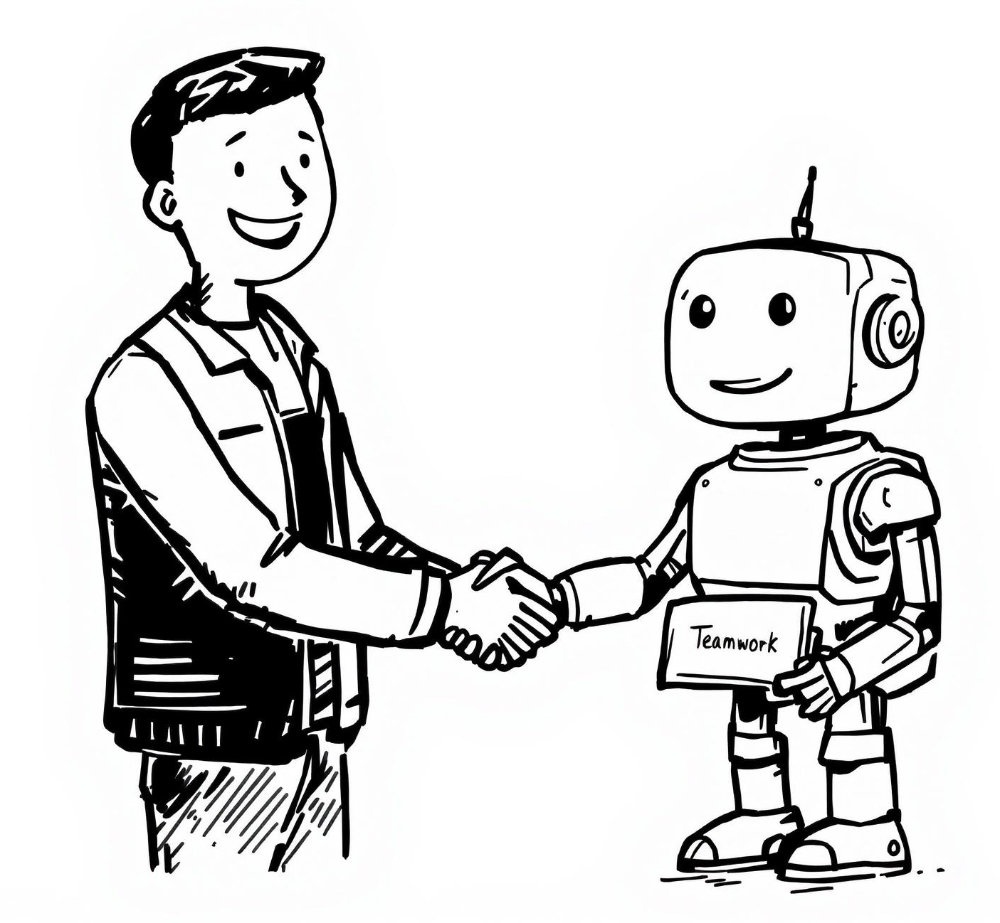
Cautious Optimism and Evolving Standards
Where do we go from here? Maybe in a year or two, chatbots will better gauge candidate sentiment, adjusting their tone accordingly. Maybe they’ll seamlessly integrate with video interviews. Perhaps they’ll become language-savvy, handling international candidates with grace. But we must stay alert. A new technology always brings a honeymoon period where we celebrate efficiency and novelty. After that, we must take a hard look at unintended consequences and refine the tools.
Recruiters should test their chatbot scenarios regularly, ask friends to pose tricky questions, and see how the bot fares. Keep it updated. If company policies change, feed that info to the bot. If candidates keep misunderstanding a particular question, tweak the prompt. Continuous improvement is the name of the game.
At the end of the day, chatbots are instruments. They can be tuned to produce harmonious melodies or left discordant and stale. Wise organizations treat them like living systems that need care, updates, and alignment with core values. When recruiters and chatbots work together, they can craft a hiring experience that’s swift, informative, and, dare we say, a bit more human than before.
Ready to simplify your recruiting process and free up time for meaningful candidate conversations? Request a demo of Machine Hiring’s solution and see how a well-integrated chatbot can transform your talent acquisition landscape. There’s a free trial available, so you can experience the difference firsthand—no juggling required.
Key Takeaways
Balance and Integration
Chatbots work best when they complement human recruiters rather than replace them, creating a seamless blend of automation and personal touch.Candidate Experience
Well-implemented chatbots can dramatically improve response times and information access, leading to better candidate satisfaction.Ethical Implementation
Careful attention to fairness, privacy, and transparency ensures chatbots enhance rather than compromise the hiring process.Data-Driven Refinement
Success comes from continuous monitoring, testing, and improvement based on actual candidate interactions and feedback.Strategic Deployment
Chatbots should address specific pain points in the recruitment process while maintaining clear paths to human interaction when needed.
